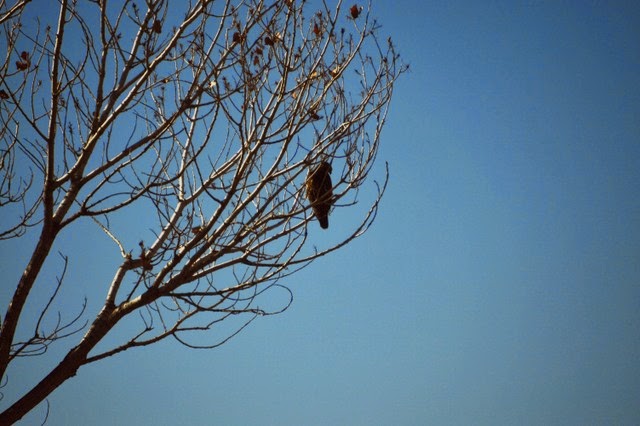Friday, October 24, 2014. Suzanne and I want to spend the next three days exploring the portion of the Pony Express Trail that extends from Salt Lake City west to the Utah/Nevada border. After California became a state in 1850 faster communication with Washington D.C. and the east coast became critical. The fastest way to deliver mail was by stagecoach which took 8-12 weeks. In 1860 a group of 3 men came up with the idea for the Pony Express. The trail covered the 1,966 miles from St. Joseph, Mo to Sacramento, Ca. There were 120 riders that were paid $100.00 per month to ride 75-100 miles per day and they could not weigh more than 125 lbs. There were 400 horses used and they had to be small and fast which is why they were called ponies. They had stations set up approximately 10 miles apart which is about how far a horse can gallop before it gets tired. It was a very dangerous ride that could include outlaws or Native American attacks but it reduced communication from the east to California to 10 days. After driving west from Salt Lake City we get on a small dirt road that parallels the Pony Express Trail. Sometimes the road is the trail. It can be difficult to see and follow so you are constantly looking for the markers.

After driving up to the top of Little Mountain we come to Lookout Pass where one of the rest stations was. From here we would descend down to the desert floor for the remainder of our adventure.
As we continue on we come to Simpson Springs which was an important Pony Express station due to the water source. Here is one of the stone markers erected at each of the stations.
Our next goal for Friday is to find a place to set up camp. It won't be easy because we have entered the Great Basin and it is desolate and we need a spot with a few trees for shade for the doggies and us. Most of the terrain looks like this.
Finally, right as we are approaching the point where we will need to turn around to insure we can get back to a gas station Suzanne thinks she sees some trees in the distance. We find a place where we can get off the road and set up camp.
After dinner we relax and enjoy the sunset.
It may be desolate but it sure is beautiful.
Saturday morning Suzanne decides to improvise a skillet breakfast. Fried potatoes, dehydrated pizza soup and scrambled eggs all mixed together. Wow, was it good.
After breakfast we decide to go exploring. We spend the next few hours hiking around the area adjacent to our camp.
Hundreds of square miles of nothing and suddenly we spot this solitary Globe Mallow.
Back at camp Suzanne and Dooley take a break.
Sunday morning we hike up on top of a small nearby mountain to discover an amazing view on the other side.
After packing up we start to leave this area when we encounter a herd of wild mustangs which seemed like a fitting conclusion to our Pony Express Trail adventure.











































